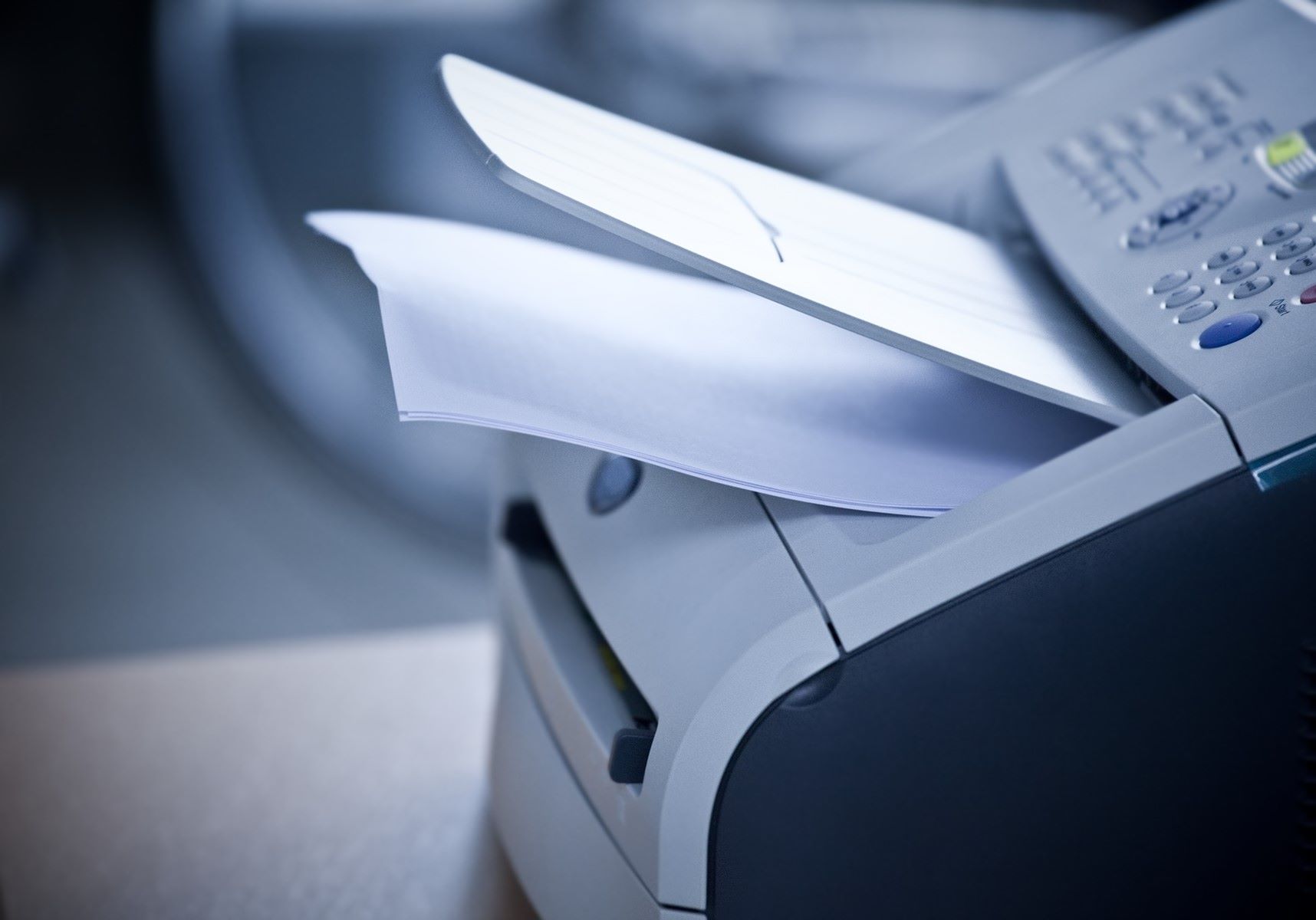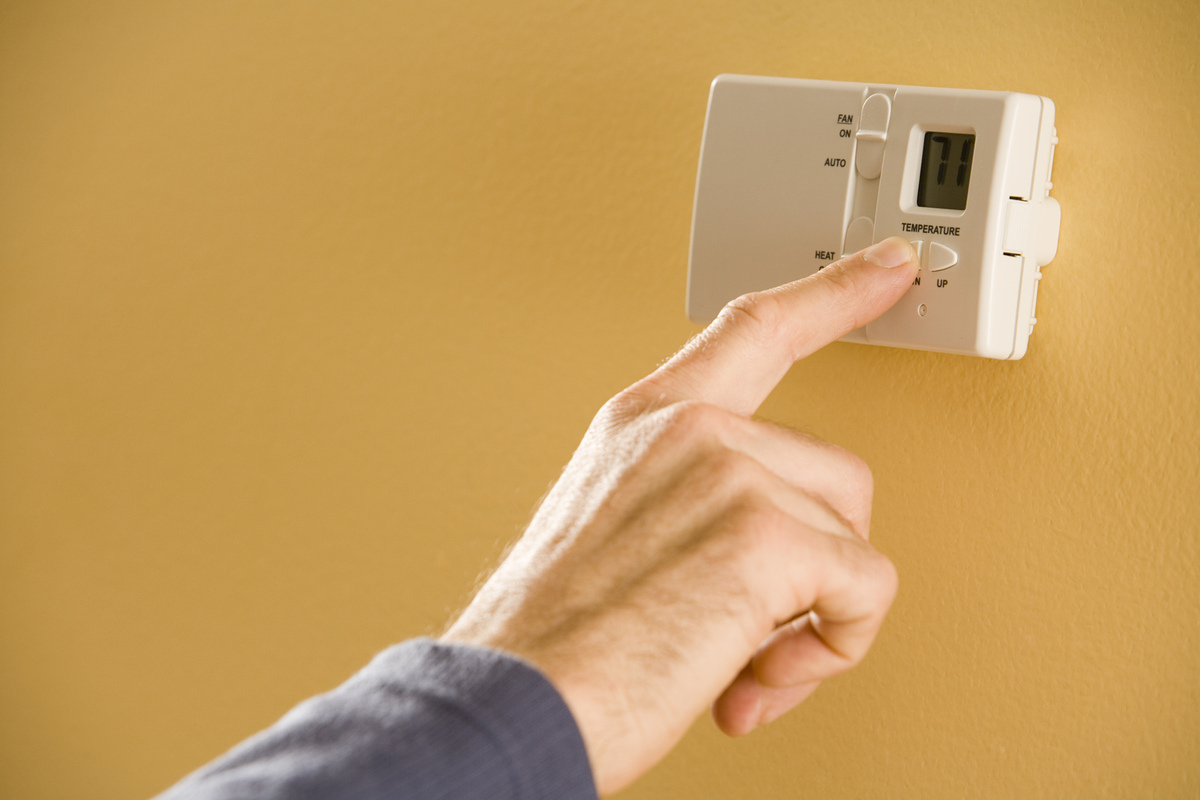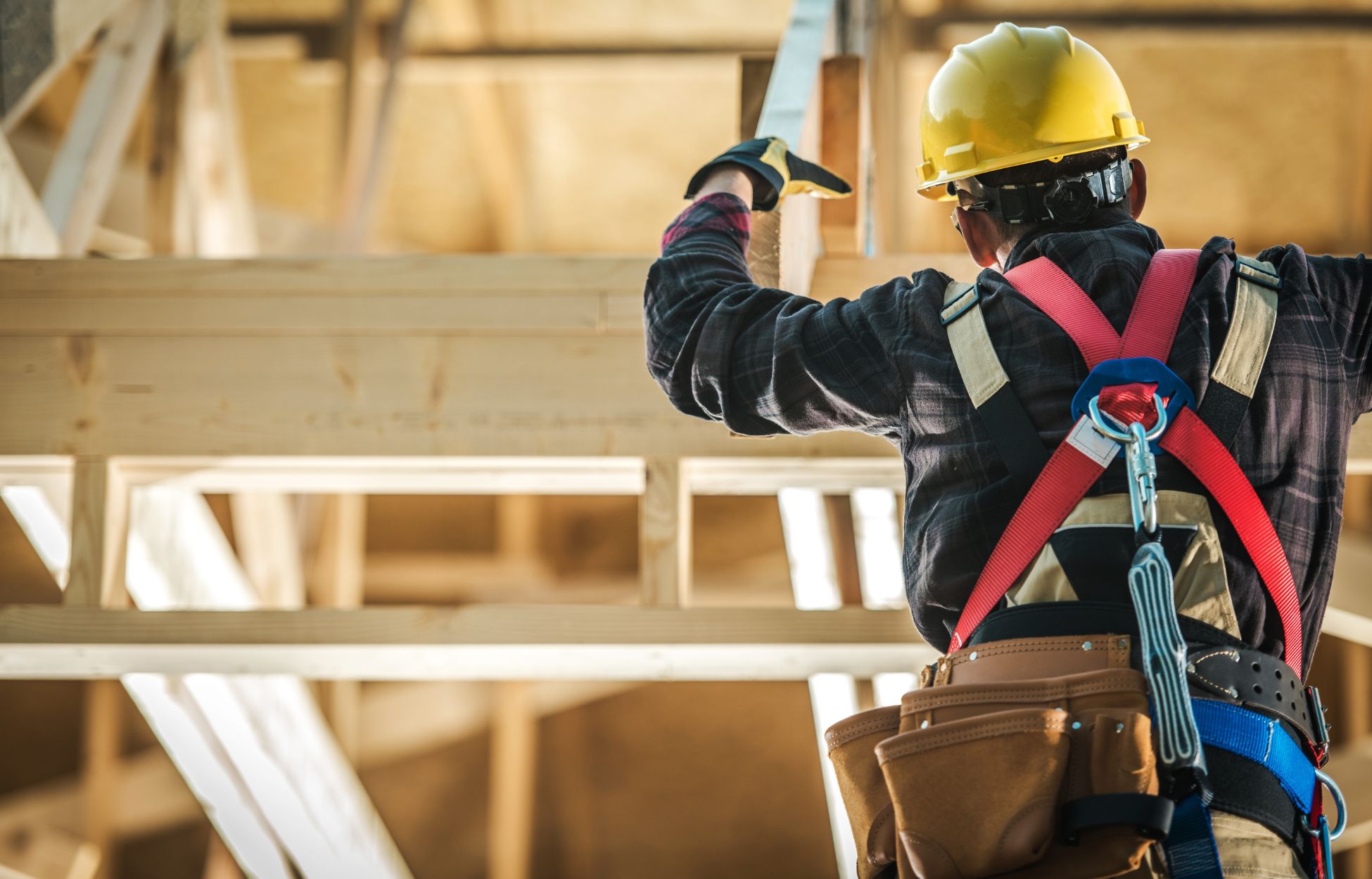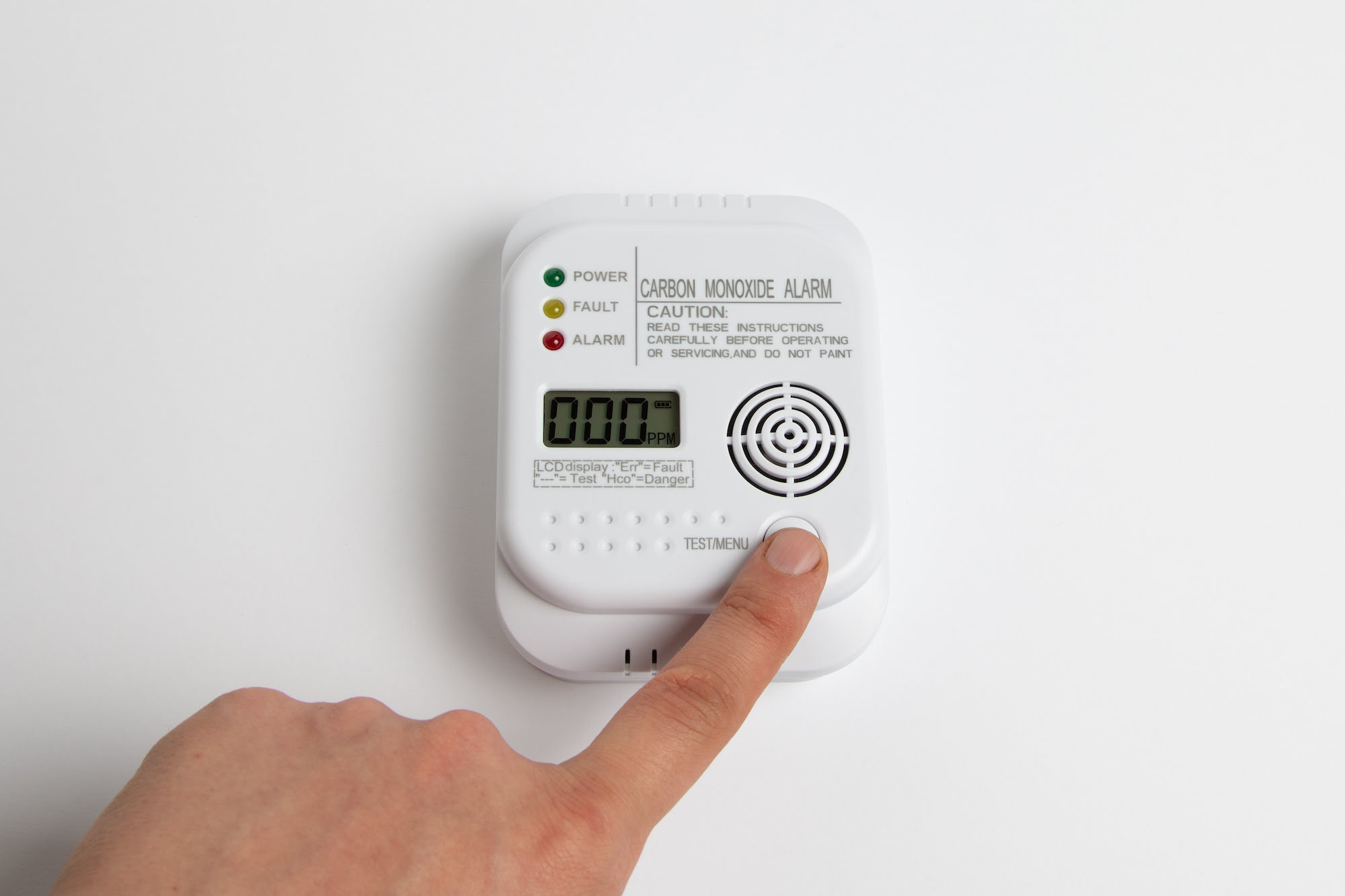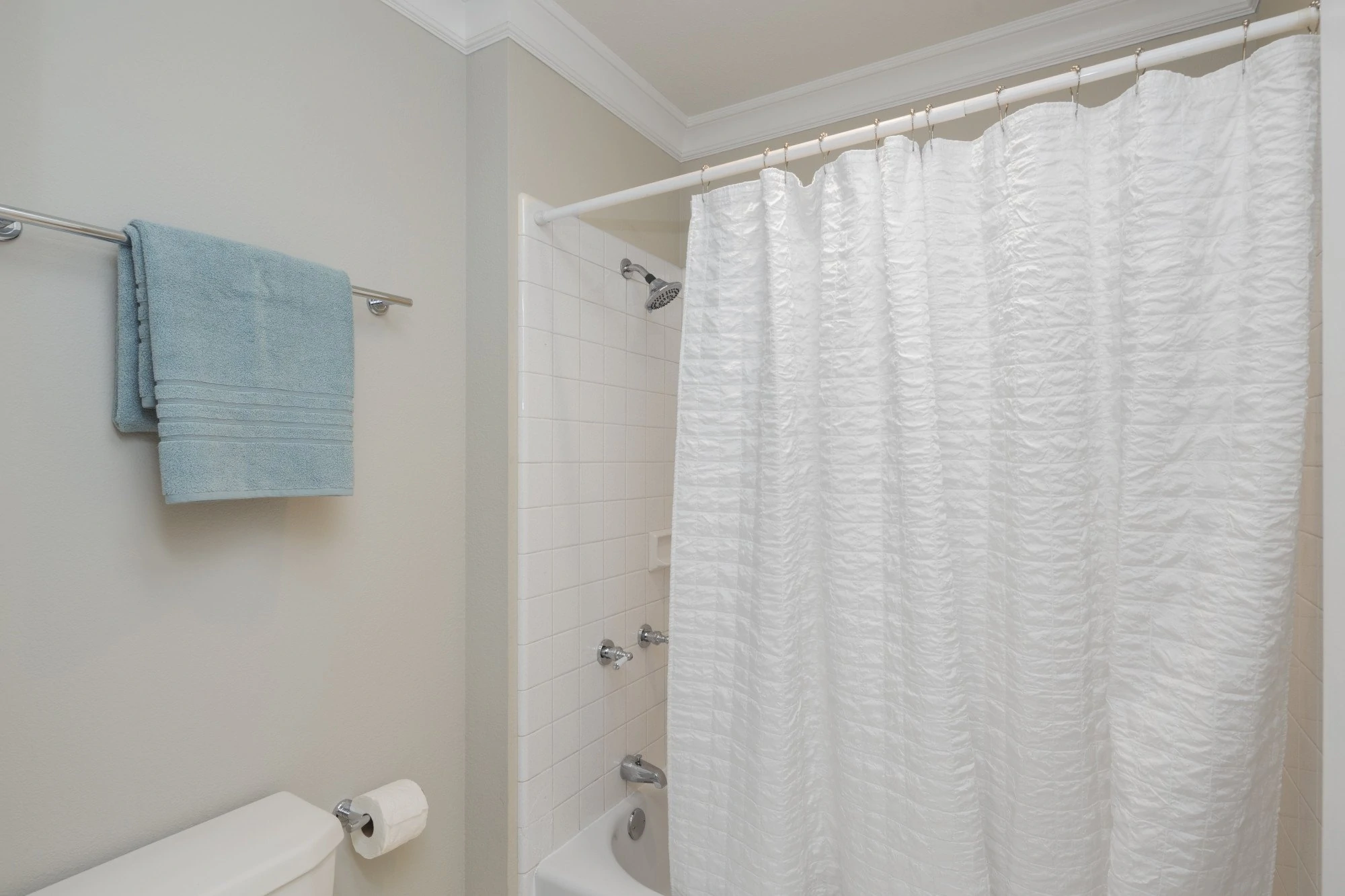Home>Articles>What Is Considered Normal Wear And Tear On Carpet
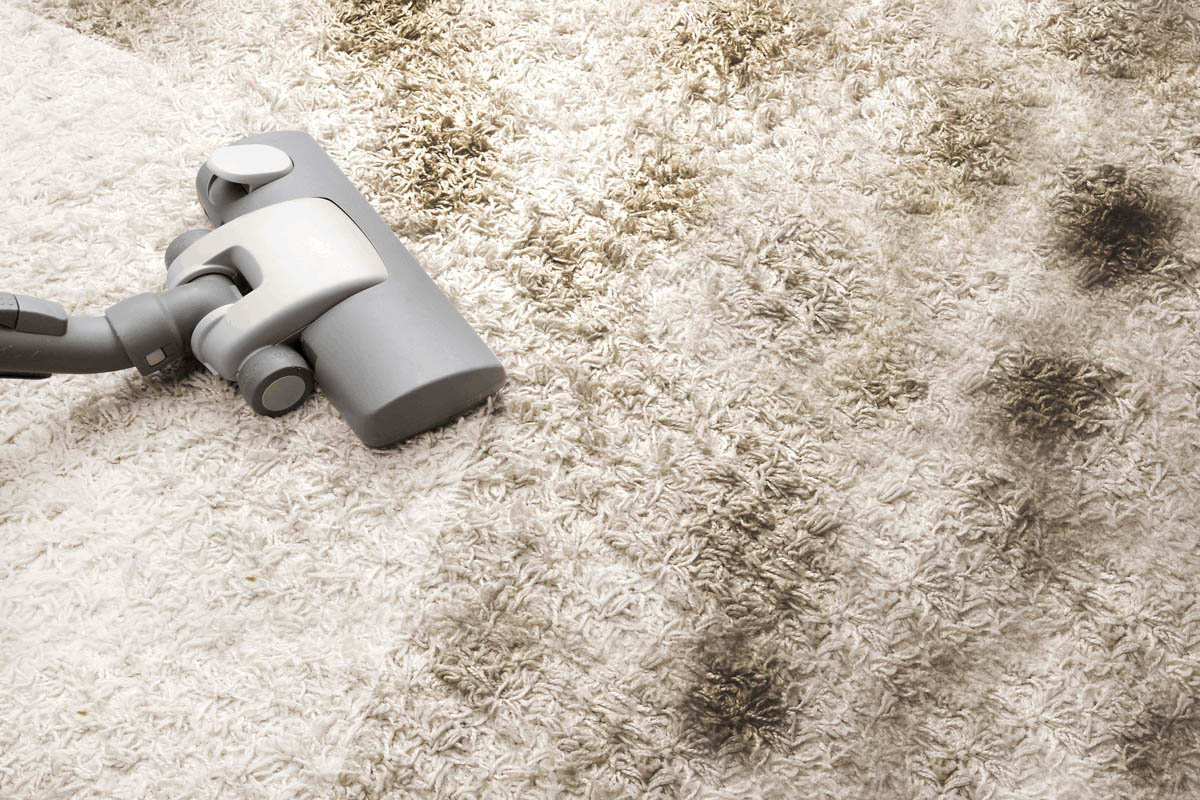

Articles
What Is Considered Normal Wear And Tear On Carpet
Modified: January 9, 2024
Learn about normal wear and tear on carpets in this informative article. Find out what is considered acceptable and how to maintain your carpet to extend its lifespan.
(Many of the links in this article redirect to a specific reviewed product. Your purchase of these products through affiliate links helps to generate commission for Storables.com, at no extra cost. Learn more)
Introduction
When it comes to maintaining the longevity and appearance of your carpet, understanding what is considered normal wear and tear is essential. Over time, carpets naturally experience wear and tear due to regular use and foot traffic. However, distinguishing between normal wear and tear and damages can sometimes be challenging.
In this article, we will explore the definition of normal wear and tear on carpet, factors that contribute to it, common signs to look out for, and the importance of addressing it. Additionally, we will provide some useful tips to prevent excessive wear and tear, helping you keep your carpets looking fresh and well-maintained for years to come.
So, let’s delve into the world of carpet wear and tear and discover what is considered normal and what is not.
Key Takeaways:
- Understanding normal wear and tear on carpets is crucial for maintaining their longevity. Factors like foot traffic, maintenance, and pet presence influence wear and tear, and addressing it promptly can prolong the carpet’s lifespan.
- Implementing preventive measures such as using doormats, practicing regular vacuuming, and addressing spills promptly can significantly reduce excessive wear and tear on carpets, preserving their beauty and functionality.
Read more: What Is The Normal Length Of A Bathtub?
Definition of Normal Wear and Tear
Normal wear and tear refers to the gradual deterioration of a carpet that occurs over time as a result of regular use. It is inevitable for carpets, as they endure foot traffic, spills, and general wear from everyday activities. Unlike damages caused by accidents or neglect, normal wear and tear are considered acceptable and expected in carpeting.
Typically, normal wear and tear occur evenly across the carpet’s surface and can be attributed to factors such as foot traffic patterns, the quality of the carpet material, and the amount of maintenance it receives.
It’s important to note that the definition of normal wear and tear may vary based on factors such as the type of carpet, its age, the location of the carpeted area, and the level of foot traffic it experiences. For instance, a heavily trafficked commercial space may have a different threshold for normal wear and tear compared to a residential home.
Understanding the specific expectations for normal wear and tear on your carpet can help set realistic standards and prevent unnecessary concerns or disputes when it comes to the condition and longevity of your carpet.
Factors Affecting Normal Wear and Tear
Several factors can contribute to the amount and rate of normal wear and tear on carpet. Understanding these factors can help you better assess the condition of your carpet and manage its maintenance effectively. Here are some key factors that influence normal wear and tear:
- Foot Traffic: The amount and frequency of foot traffic on your carpet play a significant role in wear and tear. High-traffic areas like hallways, entryways, and living rooms are more prone to faster deterioration compared to less frequently used rooms.
- Maintenance Practices: Regular vacuuming, prompt clean-up of spills, and periodic professional cleaning can significantly prolong the lifespan of your carpet. Neglecting proper maintenance can accelerate wear and tear, making your carpet look worn out and dirty.
- Carpet Quality: The quality of the carpet material and construction also affects its resilience to wear and tear. Carpets made from durable and stain-resistant fibers, such as nylon or polyester, tend to withstand daily use better than lower-quality materials.
- Pets and Children: Pets and children can inadvertently cause more wear and tear on carpets due to their playful and sometimes rambunctious nature. Increased foot traffic, spills, and occasional accidents can expedite the deterioration process.
- Furniture Placement: The position and weight of furniture can create concentrated pressure points on the carpet, leading to faster wear in those areas. Regularly rotating furniture or using protective pads can help distribute the weight more evenly and minimize the impact.
It’s important to keep these factors in mind when assessing the level of wear and tear on your carpet. Recognizing the influences that contribute to normal wear and tear can help you establish reasonable expectations and develop an effective maintenance routine to extend the life of your carpet.
Common Signs of Normal Wear and Tear on Carpet
Recognizing the signs of normal wear and tear on your carpet can help you differentiate it from damages and identify when it may be time for maintenance or replacement. Here are some common signs to look out for:
- Matting and Crushing: Over time, the carpet fibers may become matted or crushed in high-traffic areas. This can result in a flattened appearance and loss of volume. Regular vacuuming and occasional carpet grooming can help minimize this effect.
- Color Fading: Exposure to sunlight, foot traffic, and cleaning methods can gradually fade the color of your carpet. While some light fading is normal, excessive discoloration may indicate the need for professional cleaning or even replacement.
- Worn Pile: The pile of your carpet refers to the height and thickness of the fibers. With normal wear and tear, the pile may become shorter and less plush, especially in high-traffic areas. Regular vacuuming and occasional fluffing can help maintain the appearance of the pile.
- Loose or Frayed Edges: The edges of the carpet are susceptible to fraying or unraveling over time. This can occur due to foot traffic, vacuuming, or improper installation. If left unaddressed, it can lead to further damage. Trimming loose threads and securing the edges can help mitigate this issue.
- Minor Stains and Spots: Despite regular cleaning and stain prevention efforts, minor stains and spots may still occur on your carpet. These can generally be considered normal wear and tear, especially if they are not deeply set or widespread. Regular cleaning and spot treatment can help minimize their appearance.
It’s important to note that the severity and extent of these signs may vary depending on factors such as the carpet quality, level of foot traffic, and maintenance practices. If you’re unsure whether a particular condition is considered normal wear and tear or a more significant issue, consider consulting a professional carpet cleaner or installer for an expert opinion.
Regular vacuuming and occasional professional cleaning can help maintain the appearance and longevity of your carpet. It’s also normal for carpets to show some wear in high-traffic areas over time.
Factors NOT Considered as Normal Wear and Tear
While normal wear and tear is expected and acceptable, there are certain factors that are not considered part of the normal aging process of your carpet. Understanding these factors can help you identify damages that may require repair or replacement. Here are some factors that are NOT considered normal wear and tear:
- Stains and Spills: While minor and occasional stains can be considered normal wear and tear, major or persistent stains caused by spills, accidents, or neglect are not. Failure to promptly address spills and stains can lead to permanent discoloration and damage to your carpet.
- Tears and Rips: Any significant tears, rips, or holes in your carpet are not considered normal wear and tear. These damages are usually caused by sharp objects, dragging heavy furniture, or mishaps. Immediate repair or replacement may be necessary to prevent further deterioration.
- Burns: Burn marks on your carpet are not considered normal wear and tear. Carelessness with cigarettes, hot objects, or chemical exposure can cause burns that require prompt attention for repair or replacement.
- Water Damage: Excessive moisture or water damage, such as flooding or leaks, is not considered normal wear and tear. It can lead to mold growth, carpet delamination, and deterioration of the carpet’s structure. Professional drying and restoration may be necessary in such cases.
- Pet-Related Damages: While minor wear and tear caused by pets can be expected, extensive damage such as chewing, scratching, or soiling is not considered normal wear and tear. Proper training, supervision, and addressing any pet-related issues promptly can help prevent such damages.
It’s important to differentiate between normal wear and tear and damages caused by specific incidents or neglect. Regular care, maintenance, and prompt attention to any incidents can help minimize damages and prolong the life of your carpet.
Read more: What Is Considered Landscaping?
Importance of Addressing Normal Wear and Tear
Addressing normal wear and tear on your carpet is crucial for several reasons. Let’s explore the importance of attending to wear and tear promptly:
Prolongs the Lifespan: By addressing normal wear and tear in a timely manner, you can extend the lifespan of your carpet. Regular maintenance, such as vacuuming, spot cleaning, and periodic professional cleaning, can help remove dirt, debris, and stains that contribute to wear and tear, keeping your carpet looking fresh and vibrant for longer.
Maintains Aesthetics: Normal wear and tear can affect the appearance of your carpet, making it look aged, worn out, and dull. By addressing wear and tear, you can preserve the overall aesthetics of your carpet, enhancing the beauty and appeal of your space.
Prevents Further Damage: Neglecting wear and tear can exacerbate the problem and lead to more significant damages. Small issues, such as loose threads or flattened pile, can worsen over time if left unaddressed. By promptly addressing wear and tear, you can prevent it from progressing into more extensive and costly damage.
Promotes Health and Hygiene: Carpets can harbor dirt, allergens, and bacteria that accumulate over time, especially in areas with high foot traffic. Regular maintenance and addressing wear and tear can help ensure a clean and healthy environment by reducing the amount of accumulated debris and allergens in your carpet.
Increases Property Value: Well-maintained carpets can significantly enhance the value of your property. By addressing normal wear and tear, you can preserve the quality and appearance of your carpet, making it an attractive feature for potential buyers or tenants.
Avoids Disputes: If you are a tenant, addressing wear and tear can help prevent disagreements and disputes with your landlord regarding the condition of the carpet when it’s time to move out. By addressing it promptly, you can ensure a smooth transition and minimize potential issues.
Overall, addressing normal wear and tear on your carpet is essential for both the aesthetic appeal and the longevity of your carpet. Regular maintenance and prompt attention to wear and tear can help you enjoy a beautiful, clean, and durable carpet for years to come.
Tips for Preventing Excessive Wear and Tear on Carpet
Preventing excessive wear and tear on your carpet is key to maintaining its longevity and appearance. Here are some useful tips to help you minimize the impact of daily use on your carpet:
- Use Doormats: Place doormats at entryways to trap dirt, debris, and moisture before they reach your carpet. This helps reduce the amount of dirt brought in from outside, minimizing wear and tear.
- Implement a “No Shoes” Policy: Encourage family members and guests to remove their shoes upon entering your home. Shoes can track in dirt, gravel, and other abrasive materials that can cause accelerated wear and tear on your carpet.
- Rotate Furniture: Periodically rearrange your furniture to distribute the weight and pressure on your carpet more evenly. This prevents excessive wear and tear in specific areas and helps maintain the overall appearance of your carpet.
- Use Furniture Pads: Place furniture pads under the legs of your furniture to minimize the impact on your carpet. This prevents the legs from creating friction and crushing the carpet fibers, reducing wear and tear.
- Practice Regular Vacuuming: Vacuum your carpet frequently to remove dirt, dust, and debris that can contribute to wear and tear. Use a vacuum cleaner with adjustable height settings to ensure the proper cleaning and protection of your carpet fibers.
- Address Spills Promptly: Clean up spills immediately to prevent them from setting into your carpet and causing stains. Blot the area gently with a clean cloth and use a mild carpet cleaner to remove the stain effectively.
- Trim Pet’s Nails: Keep your pet’s nails trimmed to prevent them from snagging or scratching the carpet fibers. Regular grooming of your pets can help minimize wear and tear caused by their activities.
- Regular Professional Cleaning: Schedule regular professional carpet cleaning to deep clean and revitalize your carpet. Professional cleaning helps remove deep-seated dirt and prolongs the life of your carpet.
By incorporating these preventive measures into your carpet care routine, you can significantly reduce the impact of wear and tear on your carpet, keeping it looking fresh and well-maintained for years to come.
Conclusion
Understanding what is considered normal wear and tear on your carpet is essential for maintaining its longevity and appearance. It is a natural part of the aging process, resulting from regular use, foot traffic, and other factors. By distinguishing between normal wear and tear and damages, you can effectively manage the maintenance of your carpet and make informed decisions about when repairs or replacements are necessary.
Factors such as foot traffic, maintenance practices, carpet quality, and the presence of pets or children can influence the level of wear and tear. Recognizing the signs of wear and tear, such as matting, color fading, worn pile, and loose edges, can help you assess the condition of your carpet and take appropriate action. It’s also crucial to understand that certain factors, such as stains, tears, burns, water damage, and pet-related damages, are not considered part of normal wear and tear.
Addressing normal wear and tear promptly is important for prolonging the lifespan of your carpet, maintaining its aesthetics, preventing further damage, promoting health and hygiene, and increasing the value of your property. By implementing preventive measures like using doormats, practicing regular vacuuming, addressing spills promptly, and rotating furniture, you can minimize excessive wear and tear on your carpet.
In conclusion, taking care of normal wear and tear on your carpet is a vital part of maintaining its beauty and functionality. By understanding and addressing the signs of wear and tear, practicing proper maintenance, and implementing preventive measures, you can ensure that your carpet remains in excellent condition for years to come.
Frequently Asked Questions about What Is Considered Normal Wear And Tear On Carpet
Was this page helpful?
At Storables.com, we guarantee accurate and reliable information. Our content, validated by Expert Board Contributors, is crafted following stringent Editorial Policies. We're committed to providing you with well-researched, expert-backed insights for all your informational needs.








